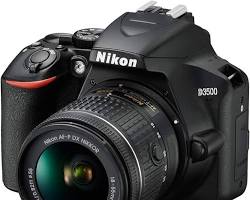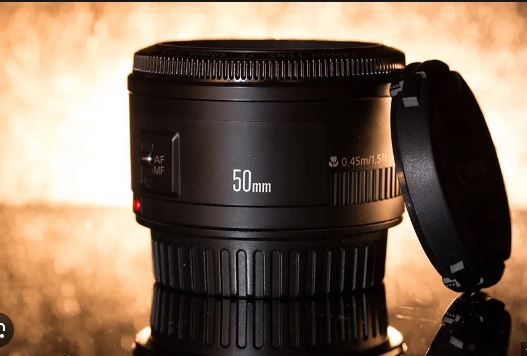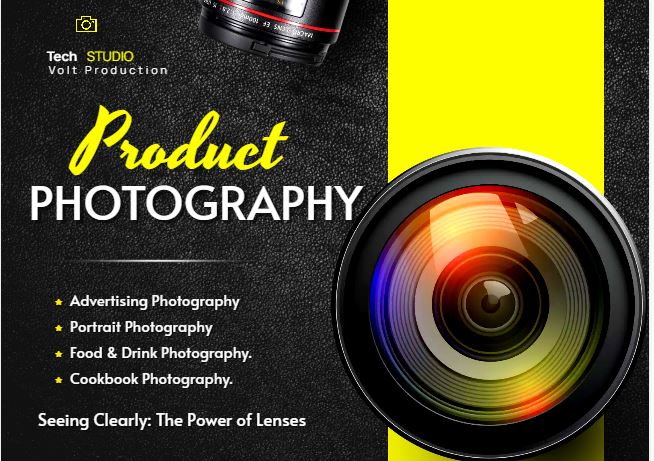You’ve poured your heart and soul into crafting a beautiful product. It’s sleek, functional, and solves a real problem for your customers. But when it comes time to showcase it online, your phone pictures just aren’t cutting it. The details are lost, the lighting is uneven, and frankly, it just doesn’t do your creation justice.
This is where the magic of product photography gear comes in. It’s the bridge between your fantastic product and captivating clicks that drive sales and brand recognition.
Now, you might be thinking, “Product photography gear? Isn’t that just for fancy studios with expensive equipment?” The truth is, with the right approach, you can achieve stunning product photos on a budget. Whether you’re a seasoned entrepreneur or a passionate hobbyist just starting out, this guide will equip you with the knowledge you need to elevate your product presentations.
Product photography isn’t just about showcasing objects anymore. It’s about telling stories, evoking emotions, and ultimately, connecting with people. Whether you’re a seasoned entrepreneur or a start-up digital seller, having the right equipment can take your product photos from flat to captivating. But fear not, you don’t need a Hollywood budget to achieve stunning results.
The Power of a Great Product Photo:
- Increased conversion rates: High-quality images are proven to attract more attention and encourage clicks, leading to more sales.
- Enhanced brand trust: Professional photos convey professionalism and quality, fostering trust in your brand and products.
- Improved SEO: Optimized product images with relevant keywords can boost your ranking in search engine results.
- Reduced returns for your products: Accurate and clear photos minimize the risk of mismatched expectations and returns.
The Essential Core: Camera, Lens, and Tripod (The Holy Trinity)
Let’s delve into the core essentials of product photography gear. Consider them the holy trinity of capturing clean, professional-looking product shots.
The Hero of the Story: Your Camera

DSLR vs. Mirrorless: The age-old debate!
Both offer high-quality images, but mirrorless cameras tend to be smaller and lighter, ideal for on-the-go shoots. DSLRs often have longer battery life and a wider lens selection. Choose what feels most comfortable and suits your shooting style.
I will recommend mirrorless camera over DSLR for product capturing. Furthermore, there are good number of smartphones these days that can capture good quality images, and can be used for your product capturing.
While not ideal for professional work, modern smartphones boast impressive cameras, making them handy for quick product snaps. Invest in a clip-on lens kit for added versatility.
Here are some smartphones with good cameras that can be used for product capturing:
- Apple iPhone 15 Pro Max: This phone boasts a quad-camera system with a 48MP main sensor, a 12MP ultrawide sensor, a 12MP telephoto sensor with 5x optical zoom, and a LiDAR scanner for depth sensing. It also has excellent image processing and computational photography features.
- Samsung Galaxy S23 Ultra: This phone also has a quad-camera system, with a 200MP main sensor, a 12MP ultrawide sensor, two 10MP telephoto sensors with 3x and 10x optical zoom, and a laser autofocus sensor. It takes great photos and videos in a variety of lighting conditions.
- Google Pixel 8 Pro: This phone has a triple-camera system with a 50MP main sensor, a 12MP ultrawide sensor, and a 48MP telephoto sensor with 4x optical zoom. It’s known for its excellent image processing and natural-looking photos.
- Sony Xperia 1 IV: This phone has a triple-camera system with a 12MP main sensor, a 12MP ultrawide sensor, and a 12MP telephoto sensor with continuous optical zoom from 3x to 5x. It also has a dedicated shutter button and other features that make it well-suited for photography enthusiasts.
- Xiaomi 13 Pro: This phone has a triple-camera system with a 50MP main sensor, a 50MP ultrawide sensor, and a 50MP telephoto sensor with 2x optical zoom. It also has Leica lenses and co-developed imaging software.
More smartphones are
- Oppo Find X5 Pro: This phone has a triple-camera system with a 50MP main sensor, a 50MP ultrawide sensor, and a 13MP telephoto sensor with 5x hybrid zoom. It also has a Hasselblad partnership for color calibration and other imaging features.
- ASUS ROG Phone 6 Pro: This phone has a triple-camera system with a 64MP main sensor, a 12MP ultrawide sensor, and a 23MP macro sensor. It’s not specifically designed for product photography, but it has a powerful processor and other features that make it a good option for gamers and content creators who also want to take quality photos.
These are just a few of the many great smartphones with good cameras that can be used for product photography. The best phone for you will depend on your budget, your needs, and your preferences. Remember, Image resolution matters, but megapixels aren’t everything. Aim for a camera with at least 12 megapixels for good image quality when edited.
Seeing Clearly: The Power of Lenses
The Nifty Fifty: This versatile 50mm lens mimics the human eye’s perspective, perfect for capturing products naturally. Budget-friendly and ideal for beginners.

Macro Magic: For close-up shots highlighting intricate details, a macro lens is your friend. Explore affordable options like reverse-mounted prime lenses for creative macro shots.
Zoom Flexibility: Zoom lenses offer adaptability, letting you switch between wide and close-up shots without changing lenses. Consider your product size and shooting space when choosing the zoom range.
Steady as a Rock: The Tripod’s Importance
Camera shake equals blurry photos. A tripod ensures sharp, professional-looking images, especially in low-light situations. Look for a sturdy tripod that complements your camera’s weight.
Lighting Up Your Products: The Art of Illumination
Natural Light: Free, beautiful, and flattering, natural light is a beginner’s best friend. Shoot near windows on overcast days for diffused light. Experiment with reflectors and diffusers to control and soften the light.
Artificial Light: For more control and consistent results, consider studio lighting. Start with a basic softbox kit that provides soft, even light. Explore strobes or continuous lights as your needs evolve.
Reflectors and Diffusers: These handy tools bounce or soften light, reducing shadows and creating flattering highlights. They’re affordable and make a big difference in image quality.
Setting the Stage: Backdrops and Props
Backdrop Basics: Solid-colored backdrops (white, grey, or black) create clean, versatile backgrounds. Experiment with seamless paper, fabric, or even vinyl for different textures.
Prop Power: Use props to tell your product’s story and showcase its functionality. Keep them relevant and avoid cluttering the composition.
Remember, Consistency is key! Choose backdrops and props that complement your brand aesthetic and create a cohesive visual style.
Optimizing Your Product Photography:
- Multiple angles: Show your product from all sides, including close-ups of details and features.
- Lifestyle shots: Feature your product in use, showcasing its functionality and appeal.
- Consistent style: Develop a cohesive visual style that reflects your brand identity.
- High resolution: Ensure images are crisp and clear for zooming and detailed viewing.
- Keywords: Include relevant keywords in your image file names and alt text for SEO.
Conclusion
Editing software like Premiere pro and Photoshop or GIMP helps enhance your videos and photos, adjust lighting, and remove minor imperfections. Don’t overdo it, though! Aim for natural-looking edits that elevate your images.
For complex products or high-volume needs, hiring a product photography specialist can be worthwhile.
Remember:
Product photography is an ongoing journey of learning and experimentation. With practice, patience, and these key tips, you can capture captivating images that effectively sell your products and elevate your brand.
So, enhance your product photography skills and start creating visuals that resonate with your audience. Remember, every click starts with a captivating image!
With these essentials and a sprinkle of creativity, you’re well on your way to capturing product photos that resonate with people. Remember, practice makes perfect, so experiment, have fun, and watch your product photography journey unfold!

Pingback: How a Polarizer Filter Can Elevate Your Photos (and Your Selfies!) - TechVoltMedia
Pingback: The Crucial Role of Softbox Kits in Media Production - TechVoltMedia
Pingback: Is the Fujifilm GFX 50R Right for You? - TechVoltMedia
Pingback: The Canon 85mm Lens Will Make You Look Like a Portrait Pro (Even if You're Not!) - TechVoltMedia
Pingback: The Magic of Light Diffusers: Transforming Your Footage with Softness and Brilliance - TechVoltMedia